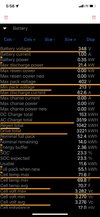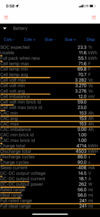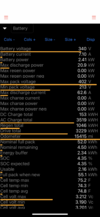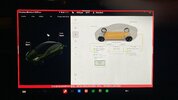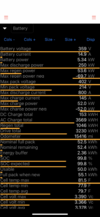DuncanM
Member
This post might provide some info:Any info on calendar degradation for LFPs? Tessie (see sig) will not be driven much.
Range Loss Over Time, What Can Be Expected, Efficiency, How to Maintain Battery Health
Sounds like the car battery must be cycled one time. I'd do this only if absolutely necessary, and in particular if you're at very low SOC. It's going to discharge to low single digits, then charge up to 100% or something. I would guess less than 24hrs, but who knows until someone does it...



